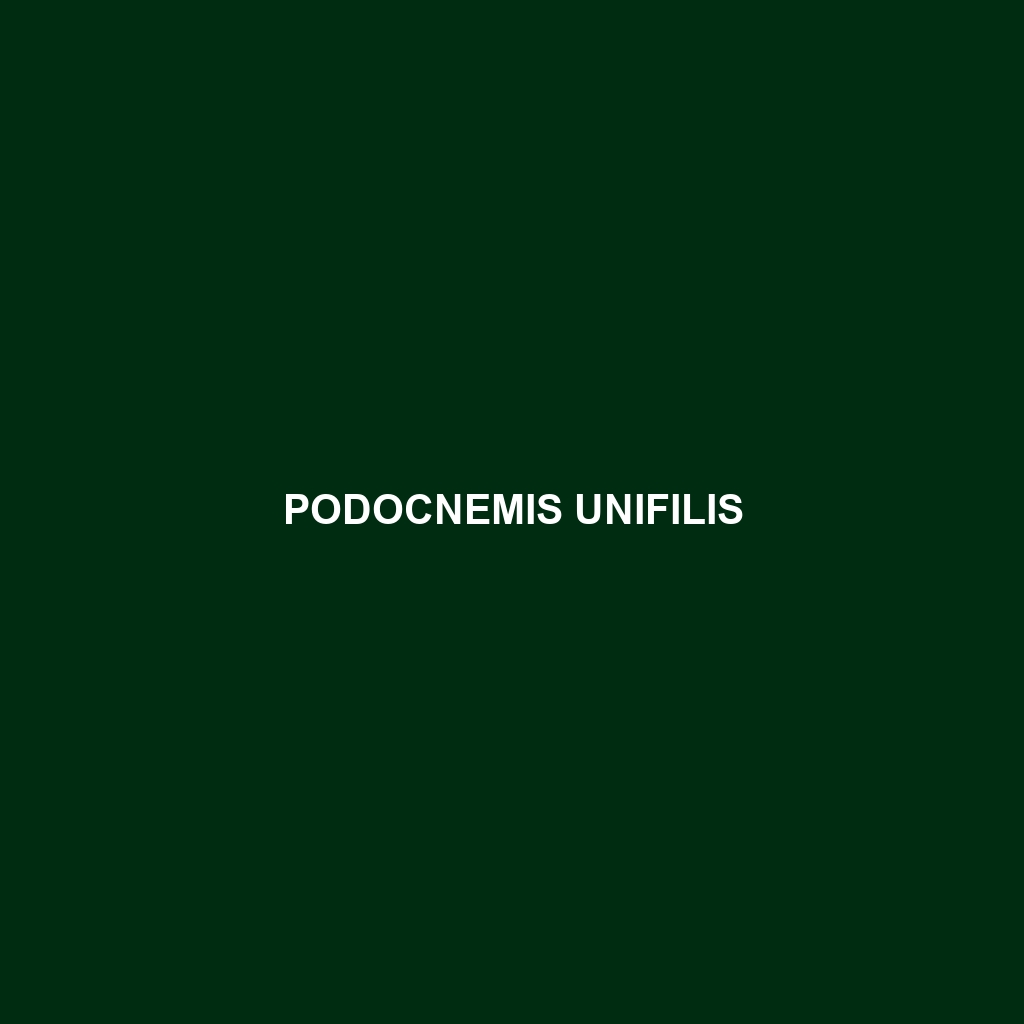The Podocnemis unifilis, or yellow-spotted river turtle, is a Vulnerable species found primarily in South America's freshwater ecosystems, characterized by its dark shell adorned with yellow or white spots, an herbivorous diet, and unique reproductive behaviors that occur during the rainy season. These turtles play a vital role in their ecosystem by controlling aquatic plant growth and serving as a food source for various predators.
Tag: turtle biodiversity
Podocnemis unifilis
The Podocnemis unifilis, or yellow-spotted river turtle, is a Vulnerable species found primarily in South America's freshwater ecosystems, characterized by its dark shell adorned with yellow or white spots, an herbivorous diet, and unique reproductive behaviors that occur during the rainy season. These turtles play a vital role in their ecosystem by controlling aquatic plant growth and serving as a food source for various predators.
Pelodiscus maackii
<b>Pelodiscus maackii</b>, also known as the Amur Softshell Turtle, is a vulnerable species native to East Asia, thriving in freshwater habitats with a soft, flexible carapace that can reach up to 50 cm. This nocturnal, omnivorous turtle plays a crucial role in its ecosystem, contributing to biodiversity and nutrient recycling in aquatic environments.
Pelochelys bibroni
Discover the fascinating Pelochelys bibroni, a vulnerable freshwater turtle native to Southeast Asia, recognized for its large, elongated shell, nocturnal behavior, and diverse diet of aquatic invertebrates and plants. This species plays a crucial role in its ecosystem, maintaining balance as both predator and prey while thriving in tropical rainforests and wetlands.
Mauremys japonica
<h2>Product Description</h2> <p>The <b>Mauremys japonica</b>, or Japanese pond turtle, is a vulnerable species thriving in freshwater habitats across Japan. This aquatic turtle, known for its smooth, dark shell and long limbs, plays a vital role in its ecosystem as both a predator and prey, contributing to biodiversity and nutrient cycling.</p>
Kinosternon steindachneri
Discover the Steindachner's mud turtle (Kinosternon steindachneri), a medium-sized species native to Central America's freshwater habitats, featuring a distinctive dark brown or olive shell with yellowish markings. This versatile omnivore plays a crucial role in its ecosystem by scavenging and contributing to nutrient cycling while facing threats from habitat destruction and pollution.
Kinosternon angustipons
<p><b>Kinosternon angustipons</b>, or the narrow-headed mud turtle, is a vulnerable species native to eastern Mexico and the southern United States, thriving in freshwater habitats like lakes and swamps. This distinctive turtle, measuring 5 to 10 inches, features a narrow head and elongated shell, and plays a vital role in its ecosystem as a predator and consumer of organic matter.</p>
Emydura subglobosa
<p><b>Emydura subglobosa</b>, commonly known as the pig-nosed turtle, is a fascinating freshwater species native to northern Australia and parts of New Guinea, recognized for its distinct pig-like snout and vibrant appearance. These turtles thrive in warm, shallow waters, displaying intriguing social behaviors and a diverse omnivorous diet, while facing conservation challenges that highlight their ecological significance.</p>
Elseya novaeguineae
Discover the unique <b>Elseya novaeguineae</b>, or New Guinea swamp turtle, known for its striking dark brown to olive green shell and long neck, thriving in the freshwater habitats of New Guinea. This omnivorous species plays a crucial role in maintaining aquatic ecosystems by feeding on plants and small animals while exhibiting fascinating behaviors during mating seasons.








